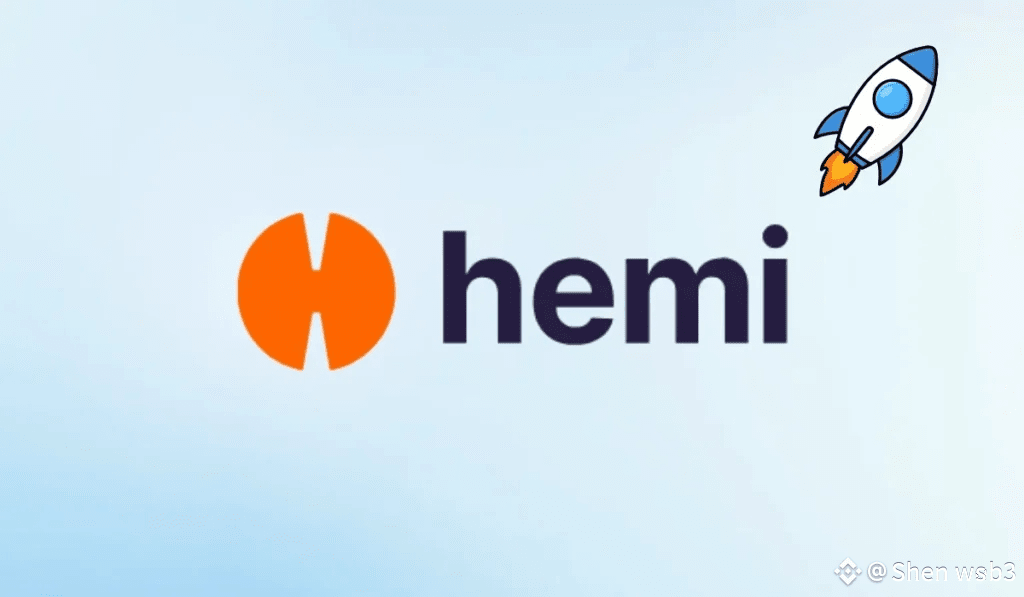The Hemi Network introduces the Hemi Virtual Machine (hVM) as its core technological solution to the fragmentation dilemma of the blockchain ecosystem, specifically tackling the trade-off between Bitcoin’s unmatched security and Ethereum’s computational flexibility. The hVM is not a simple bridge, but an EVM-compatible architecture that embeds a full Bitcoin node. This groundbreaking capability allows smart contracts to deterministically perceive and directly verify live Bitcoin blockchain data without relying on external oracles. The design utilizes the Processed Bitcoin View (PBV), an efficient state representation that compresses key Bitcoin data—including the UTXO set, transaction history, Ordinals, and BRC-20 data—into a queryable view. Technically, the hVM exposes this data through precompiled contracts, enabling immediate retrieval of metadata or balances for specific Bitcoin addresses via a contract call. This embedded node operation minimizes resource consumption by relying on a lightweight synchronization mechanism that processes only incremental updates, keeping the PBV update latency controlled at approximately 12 seconds, aligning with the Ethereum block time. Developers benefit from the Hemi Bitcoin Kit (hBK), a set of smart contract libraries that abstracts the complexity of the hVM interfaces, allowing them to subscribe to Bitcoin block events through a single function call and trigger corresponding callback transactions within the EVM. This drastically simplifies the creation of cross-chain dApps, such as DeFi protocols that automatically adjust collateral rates based on Bitcoin transfers. At the infrastructure level, the hVM is integrated with the Bitcoin-Secure Sequencer (BSS), which manages transaction ordering and derives block headers from both Ethereum and Bitcoin. Asset transfers are handled through Tunnels, a trust-minimized mechanism that uses a dual custodial model: high-value assets are secured via BitVM-based vaults, while low-value assets use over-collateralized multi-signatures. In tests conducted in Q3 2025, this Tunnel design demonstrated a 99.9% success rate with delays of less than five minutes. Looking ahead, the hVM faces the challenge of computational overhead from the Bitcoin nodes, which the Hemi team plans to mitigate using recursive proof technology to bundle multiple event subscriptions, aiming for a 30% improvement in gas efficiency during the 2026 mainnet upgrade.
